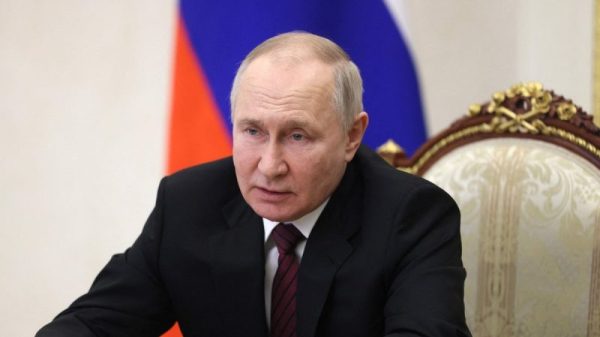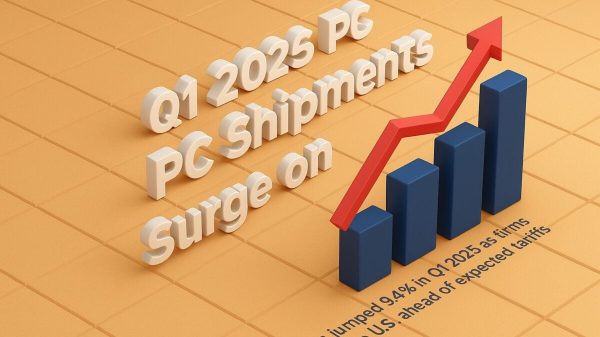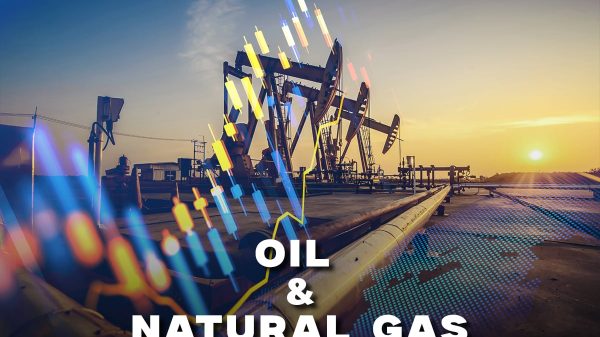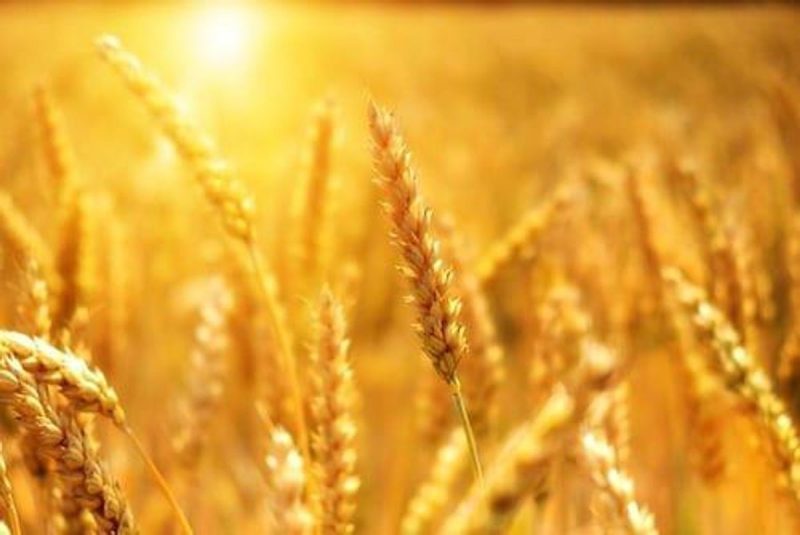Robust demand for potash pushed prices to a 13 year high in 2021, and that trend continued in the first half of 2022 as price levels rose on supply chain concerns sparked by Russia’s invasion of Ukraine.
In mid-May 2022, the World Bank said global fertilizer prices were up 30 percent for the year so far, adding that those price-positive conditions were expected to continue through the year and beyond. In fact, bullish sentiment had major market participants such as BHP (NYSE:BHP,ASX:BHP,LSE:BHP) investing billions into new potash production.
All of this was welcome news for potash investors — many potash-mining operations have closed in recent years, and some are waiting on the sidelines for better days and improvements in potash prices.
However, rising prices for the fertilizer ultimately led to demand destruction in the second half of 2022. ‘World potash supply was affected by economic sanctions on Belarus and Russia and resulted in higher prices and lower consumption,’ explains a recent report from the US Geological Survey. ‘World potash consumption in 2022 for fertilizers was estimated to have decreased to between 35 to 39 million tons from 40.6 million tons in 2021.’
The organization sees world potash capacity rising to 66 million metric tons (MT) in 2025 from 64 million MT in 2021. Most of the increase will come from new muriate of potash (MOP) mines and project expansions in Belarus, Canada and Russia — the big three MOP producers. Past 2025, new MOP mines are expected to come online in Brazil, Canada, Ethiopia, Morocco, Spain and the US. As for sulfate of potash, new mines are planned in Australia and Eritrea.
The US Geological Survey estimates that global annual potash production reached 40 million MT in 2022. So what were the top potash countries by production that year? Read through the list below to find out.
1. Canada
Mine production: 16 million MT
Leading the list of the top potash countries by production is Canada. The nation is the world’s largest potash producer, with potash production growing by 180,000 MT in 2022 over 2021 production levels.
Nutrien (TSX:NTR,NYSE:NTR), the world’s largest potash company, is based in the Canadian prairie province of Saskatchewan. It was born from a 2018 merger between two major crop nutrient companies, Potash Corporation of Saskatchewan and Agrium. The deal created “a global agricultural giant” now valued at more than US$38 billion.
2. China
Mine production: 6 million MT
China’s potash production remained flat in 2022, with no growth over 2021 output. However, the country still jumped to the second spot on the list of top potash-producing countries as output fell in Russia and Belarus.
Potash is extremely vital for China — the country is the largest consumer of the fertilizer, accounting for approximately 20 percent of world potash consumption. China’s domestic demand for the material is higher than its homegrown potash supply, making the country reliant on potash imports, especially when it comes to MOP.
3. Russia
Mine production: 5 million MT
In 2022, Russia posted 5 million MT in potash production, plummeting 45 percent from 9.1 million MT the year prior. Uralkali is Russia’s premier potash company and one of the world’s leading potash producers, accounting for roughly 20 percent of global supply pre-war. The company has five mines and seven ore treatment and processing mills.
In response to Russia’s invasion of Ukraine, the EU placed import quotas on potash from Russia, while US sanctions on specific companies limited potash imports. “Russia responded by suspending fertilizer exports to countries that it deemed unfriendly. Russia continued exports to China, India, and some countries in Africa and South America, but its exports were about 30% lower in 2022 compared with those in 2021,” the US Geological Survey notes.
By late 2022, both the EU and US had eased their restrictions on Russian fertilizer imports in reaction to growing concerns about global food insecurity. However, Russia had set quotas on fertilizer exports until May 2023 in an effort to protect domestic supply levels, and in September introduced a 7 percent duty for fertilizer products.
4. Belarus
Mine production: 3 million MT
Potash production in Belarus fell by nearly 61 percent from 2021 levels to total 3 million MT in 2022. Prior to Russia’s invasion of Ukraine, output from the Eastern European country had been on an upward trajectory since 2016. Belaruskali is the country’s largest industry operator, with six mines and four processing factories.
Belarus’ support of Russia’s war with Ukraine has placed its potash industry in the same predicament as that of its comrade. ‘In January 2022, the Government of Lithuania, citing national security concerns, cancelled the rail transport contract that allowed the state-run producer in Belarus to ship potash from the port of Klaipeda on the Baltic Sea, its only marine export facility,’ the US Geological Survey states. ‘This followed the enactment of economic sanctions on Belarus in 2021 by the European Union and the United States, which banned the import of potash.’
5. Germany
Mine production: 2.8 million MT
Although Germany produced 3 million MT of potash in 2019, production has fallen slightly since then and came in at around 2.8 million MT of the material in both 2021 and 2022. K+S (ETR:SDF) is one of Germany’s leading potash miners and has a number of projects, operating six mines in three districts in the country.
6. Israel
Mine production: 2.5 million MT
Annual potash production in Israel has remained in the 2 million to 2.5 million MT range since 2017. The country is sixth in terms of global potash output, and also hosts the world’s sixth largest potash-producing company, Israel Chemicals (NYSE:ICL,TLV:ICL). Aside from potash, the company produces roughly a third of the world’s bromine, which is often extracted from the same salt water and brine deposits that produce potash.
The outbreak of war between Israel and Hamas in October 2023 has created some concerns over potash supply disruptions. However, because demand was lower than it was when the Russia-Ukraine war broke out, market watchers are not expecting a similar price shock to hit the potash market.
7. Jordan
Mine production: 1.7 million MT
Potash production in Jordan decreased marginally from 2021 to 2022. Arab Potash Company, located in Jordan, is the seventh largest producer of potash by volume and the sole producer of potash in the Arab region. It has helped make Jordan a key potash supplier for India and Asia. Both Israel and Jordan recover potash from the Dead Sea.
8. Chile
Mine production: 850,000 MT
Chile recorded production of 1.2 million MT of potash in 2018, the same as the prior two years; however, production dropped below 1 million MT in 2019 and has slipped further since then to reach 858,000 MT in 2021. However, Chilean potash production stabilized last year, coming in at just 8,000 MT less than its output the previous year.
One of the largest producers of potash in the country is SQM (NYSE:SQM), which is also a leading producer of lithium. South America in general is a large consumer of potash.
9. Laos
Mine production: 600,000 MT
The Southeast Asian nation of Laos was the ninth largest potash-producing country in 2022, bumping the US from the position. The country put out 600,000 MT of potash last year, a relatively big leap from the previous year’s output of 260,000 MT of potash. Laos has potash reserves of 75 million MT.
Asia-Potash International Investment (SZSE:000893), one of the largest potassium fertilizer producers in Asia, is at the helm of the country’s potash industry. In December 2022, the company announced it would be implementing Huawei’s Smart Mining Solution at its Laos operations.
10. Spain
Mine production: 450,000 MT
In 2022, Spain’s potash output grew by 85,000 MT from its 2021 level, allowing the country to hold onto its spot as the 10th largest potash-producing nation. This figure is still down significantly from 2016, when the country produced 670,000 MT of potash. Spain has potash reserves of 68 million MT.
Highfield Resources (ASX:HFR) and its subsidiary Geoalcali have a few potash projects in the country, including the Muga, Izaga and Sierra del Perdón projects. In March 2023, Geoalcali received its construction license for Muga; it finished acquiring the necessary lands for the mine in July of that year.
Securities Disclosure: I, Melissa Pistilli, hold no direct investment interest in any company mentioned in this article.


































